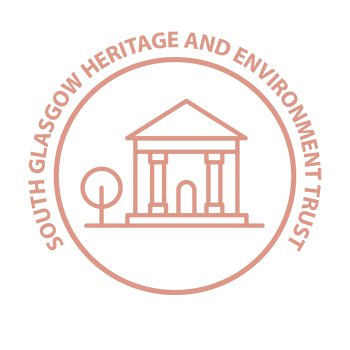FEATURED
Battlefield Monument
Langside Battlefield Memorial
Langside Battlefield Memorial was erected in 1887 to commemorate the defeat of Mary Queen of Scots at the Battle of Langside, 300 years after her death. It marks the spot where Mary’s forces fought those of her half-brother, James Stewart, Regent Moray, on May 13th, 1568.
The memorial stands at roughly 18 metres (58 feet), on a roundabout just south of Queen’s Park, at the junction of Langside Avenue and Battlefield Road. The foundation stone was laid by J. Wyllie, and the completed memorial was unveiled by Sir James King in 1887. The memorial was designed by Alexander Skirving (friend of Alexander ‘The Greek’ Thomson), who beat eleven other architects in the competition for the contract.
During construction, plans of the monument, a copy of Walter Scott’s 1820 historical novel The Abbott (which features the battle), and newspapers and coins of the day were buried under the structure (Historic Scotland). At the base of the memorial a plaque reads:
‘The battle of Langside was fought on this ground on 13 May 1568 between the forces of Mary Queen of Scots and the Regent Moray, and marked the queen’s final defeat in Scotland.’
The memorial was sculpted by Glaswegian James Young, and the column features ‘carvings of thistles, roses, and fleur-de-lis, symbols of Mary’s time spent in Scotland, England and France respectively. At the foot of the column four eagles perch on the corners of the pedestal, while high above them, a lion sits at the top, its paw draped over a cannon ball’ (Discover Scotland). Young allegedly worked for free, and the total cost of the monument was around £1,000.
The Battle of Langside was one of the most significant battles to take place in Glasgow. Mary had returned to Scotland from France after the death of her husband Francis II. She then married the Catholic Lord Darnley, but he was assassinated in 1567, and that same year Mary married one of the Presbyterian earls suspected of the murder, James Hepburn, Earl of Bothwell. Both marriages scandalised Protestant Scottish leaders, who rose up against her. They imprisoned her in Lochleven Castle, an island fortress, and she was forced to abdicate in favour of her infant son James. Her half-brother Lord James Stewart, Earl of Moray, became Regent.
Mary escaped prison, and set out west, gathering an army as she went, from Hamilton towards Dumbarton Castle. Her army had 6000-6500 men. But on the morning of the 13th of May 1568, her troops were cut off by Regent Moray’s forces, of roughly 4000 men. Mary’s cavalry made an unsuccessful charge, and her foot soldiers marched towards Langside Hill up the Lang Loan, now Battlefield Road. The two armies battled where the memorial stands today, and seemed evenly matched until Moray’s reinforcements arrived, forcing Mary’s troops to withdraw. The final battle was said to have been over in less than an hour, with roughly 300 of Mary’s soldiers killed, and only a few deaths on Moray’s side.
Mary, who had watched the battle from Cathcart Hill, fled south after the battle, and spent her last night in Scotland at Dundrennan Abbey. She then went to England where she was held captive in various castles by her cousin Elizabeth I, who was certain that Mary was after the English throne. Mary was accused of several plots against Elizabeth I, and was sentenced to be executed for treason. She was beheaded at Fotheringhay Castle on February 8th, 1587.
Battlefield Street Design
Today the memorial is one of several key locations in the area being considered by Battlefield Street Design, a project led by Sustrans in partnership with Glasgow City Council, to redevelop the area. This project aims to:
- Redesign public spaces so that they feel safer, more attractive and sociable places to spend time in
- Make it easier for people of all ages and abilities to travel on foot and by bike to local facilities in the area.
- Empower residents to influence and become involved in local decision making.
- Showcase best practice engagement and design to inspire other groups and organisations.
Learn more about the exciting Battlefield Street Design project. Here at SGHET, we are collaborating with Battlefield Street Design to bring you short histories of the local area. Stay tuned for more…
By Saskia McCracken
Sources
Aileen Smart. Villages of Glasgow: South of the Clyde. Edinburgh: John Donald Publishers, 1996; 2002)
- Stewart Black. Scottish Battles. Glasgow: Brown, Son & Ferguson Ltd.,1936. pp 125-130.
Battlefield Monument, Langside
Other images: Mitchell Library, G 941.05 SCO; Mirrorpix; and Getty.
















no replies